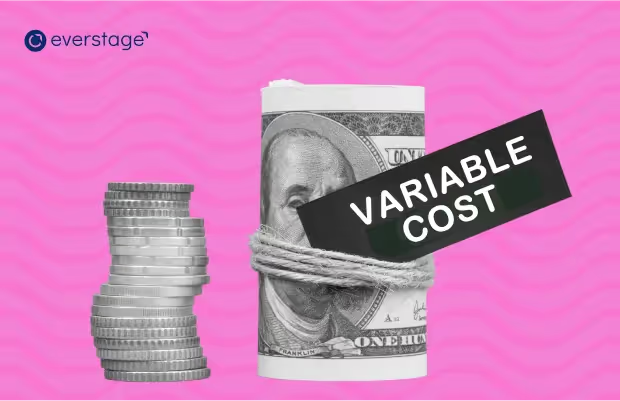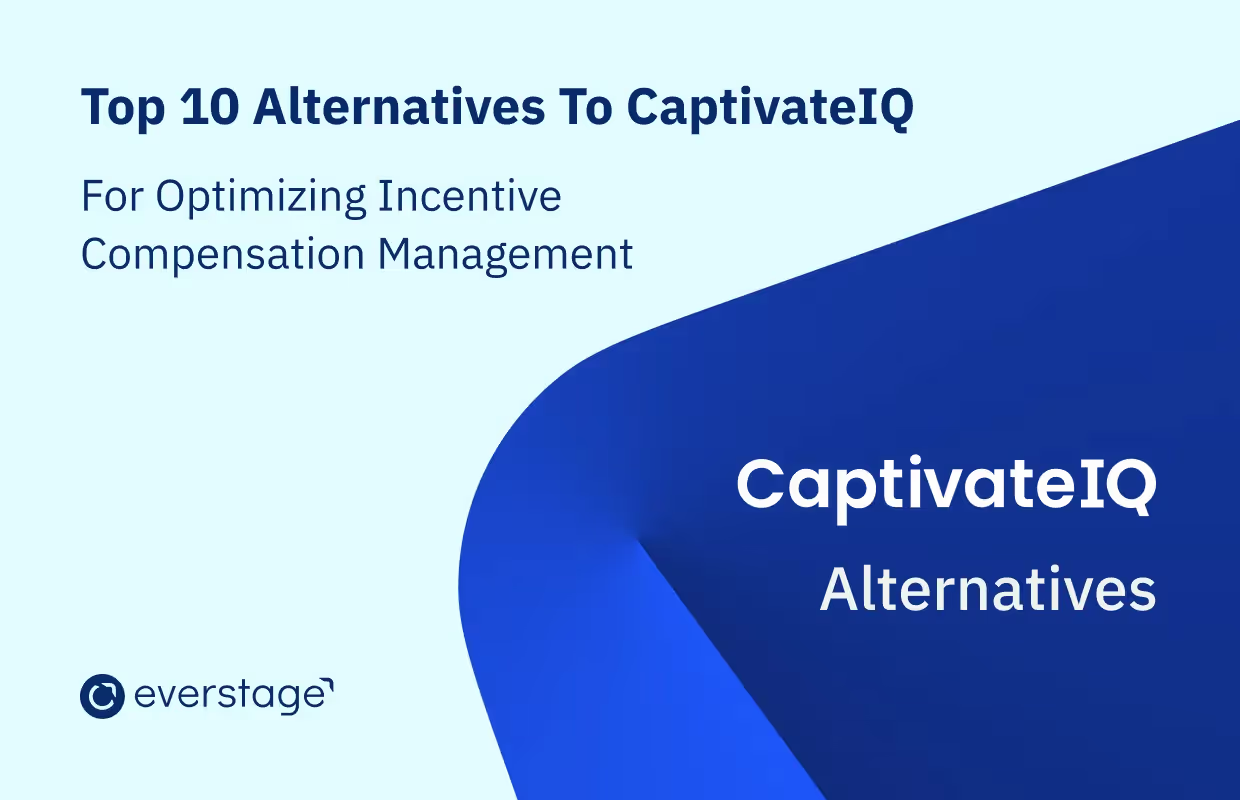You would’ve heard of ASC 606 if you’re in the business of offering goods or services based on recurring contracts. It’s imperative that you clearly understand what it really is so that you can make the necessary changes to your business. Simply put, ASC 606 was introduced so that there’s consistency in financial reporting across industries.
Let’s look more at this revenue recognition standard.
What is ASC 606?
ASC 606 is a recent development in accounting that determines how to recognize revenue. This method identifies the performance obligations in your contract, and elaborately explains how the revenue earned can be accounted for.
To create best practices and streamline the revenue recognition process, the ASC 606 was developed by the Financial Accounting Standard’s Board (FASB) and International Accounting Standards Board (IASB). By standardizing financial reporting, ASC 606 has only made it easy for investors and others who look for financial statements to make comparative analyses across industries, and between organizations within the same industry.
How to Recognize Revenue Under ASC 606?
There are 5 steps in which revenue can be recognized using ASC 606.
Identify the Contract with a Customer
A contract is an agreement between two or more parties, with obligations and rights that can be enforced when needed. Here are the important terms of the contract.
- The agreement must have the approval of every party
- The parties involved must confirm that they’re committed to fulfilling the obligations
- The rights of each party are identifiable
- Identify the payment terms
- The contract can be commercially substantive
- It’s likely that the vendor will receive payment

Identify Performance Obligation in the Contract
In simple terms, the performance obligation is a promise that has been done to transfer the goods or services from a vendor to a customer. ASC 606 also defines what makes a service distinct from others. To identify a good or service as distinct:
- The actual goods and services must benefit the customer
- The goods and services can be identified on their own and can be transferred independently.
Determine the Transaction Price
This is the price that the vendor is expected to receive from their customers after the transfer of all the goods and services as promised in the contract. The transaction price can be a fixed amount and other variables like price considerations, bonuses, rebates, penalties, etc.
Allocate the Transaction Price
In this step, you allocate the price to each component in the contract. The delivery of a product or service can be recurring in the SaaS business model. And so, the total amount can be split as the revenue for each performance obligation.
Recognize Revenue
Once you’ve fulfilled all your performance obligations, recognize the revenue. This can happen over a period of time or at once, depending on the nature of your contract.
Final Thoughts
If you’re looking to get started with ASC 606, start by having a clear understanding of what it is. Plan ahead and give yourself time to think through the implications of changes, so that your transition can be done in a smooth manner. If you’re using a revenue recognition method that perfectly suits your business, you can continue with it by adopting the best practices from ASC 606 for consistency purposes.




.avif)
.avif)
.avif)





